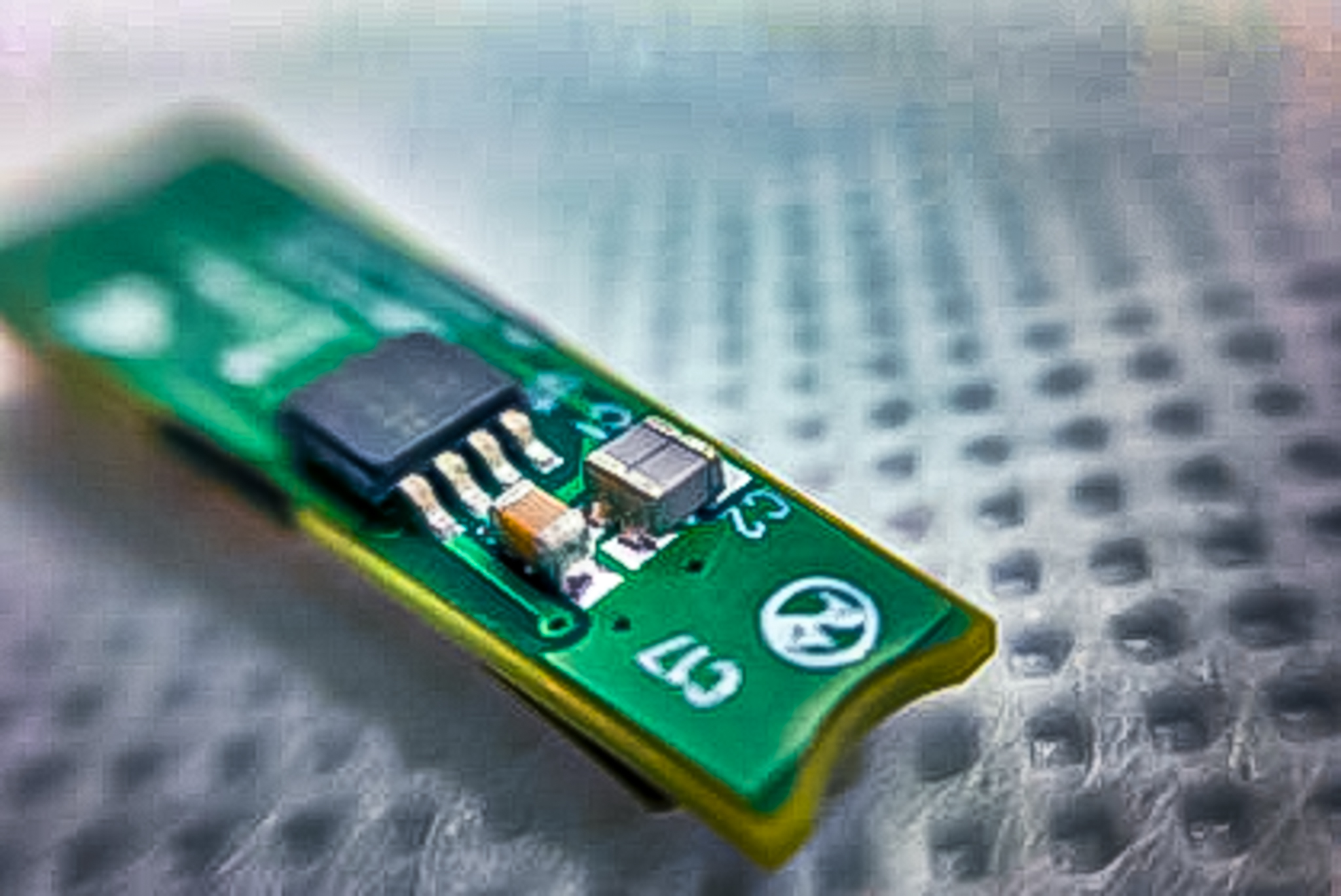What Is Laser Solder Mask Removal and Why Does It Matter?

Laser solder mask removal is ablation of the solder mask layer exposing underlying copper or traces. The process is unique in its method, but also extremely important for the printed circuit board assembly industry. It can be to correct an error on the board or be a deliberate planned procedure in the assembly process. Solder mask is the protective coating that covers the traces on a printed circuit board (PCB). Masking insulates copper traces preventing solder bridging, and protects against corrosion, moisture, and contamination. During assembly, testing, or rework, there may be areas where solder mask needs to be removed. That’s where laser solder mask removal comes in.
Solder Mask Removal-How Applied
Solder masks need to be removed for multiple reasons, but in all cases, the more precise, the best overall performance of the printed circuit will be attained. Laser removal is the precision stripping of solder mask coating using a focused laser beam. Using ultraviolet technology, it is a non-contact process controlled by digital CAD data. The program defines what areas of the masking will be removed leaving the underlying copper features intact and untouched. Some of the most common reasons to remove solder masks are:
- Rework or Modification: To expose copper pads or traces for testing, rework, or repair.
- Preparing Contact Points for Wire Bonding or Component Attachment: Certain applications (e.g., RF grounding or shielding) require direct connection to copper.
- Creating Test Points: Bare copper access might be needed for automated test probes or manual signal tracing.
- Thermal Management Applications: Exposed copper can be used to add solder or copper wire for enhanced current capacity or heat dissipation.
- PCB Rework: Smaller prototype runs or high value assemblies, where scrapping boards would be costly, makes laser solder mask removal, a great asset.
- Prototypes and R&D: For evaluation of new board designs or revisions, removing solder mask can be beneficial to establishing the right connections where needed.

Why Laser Solder Mask Removal is Superior to Chemical and Mechanical Methods
Laser removal offers unmatched precision, cleanliness, and control compared to traditional chemical or mechanical methods. It’s a non-contact process, meaning there’s no risk of damaging delicate copper traces—unlike scraping or abrasive techniques. Unlike chemicals, lasers don’t introduce toxins, mess, or cleanup hassles, making them safer and more environmentally friendly. With computer-controlled accuracy, laser removal is also highly repeatable, making it ideal for fine-pitch components, high-reliability applications, and modern dense PCB layouts.
| Method | Process | Precision | Risk |
|---|---|---|---|
| Laser Ablation | Uses laser with small beam diameter. | High, with tolerance of +/- 0.101mm | Low |
| Mechanical Stripping | The method uses tools and blades for removal. | Moderate, but hard to control. | Medium |
| Chemical Stripping | Solvents used to strip away masking. | Varies with no defined tolerance. | High |
The Importance of Laser Solder Mask Removal
Contract PCB assembly is one of the most demanding industries regarding throughput and quality. Projects are in constant planning with coordination from electronic component suppliers to chemical vendors, substrate providers, laser services and so many more specialists creating a complex supply chain. With revisions to assemblies coming forth at a rapid pace, supplying the needs for electronics is 24-7, for many suppliers. A company’s reputation relies greatly on time and cost of deliverables. Laser solder mask removal is important to keep the workflow going and adjust when needed to change without extensive set-up from one assembly to another that may have higher priority. Laser technology helps in moving prototypes along by correcting errors or by being a programmed phase to expose points for wire-bonding. The efforts from initial design of the electronics to assembly of the final printed circuit board in a product is supported fully by the backs of many manufacturing specialists.
Conclusion
Laser solder mask removal is the most precise method to use for rework, alteration, and other key aspects of the PCB. With high costs for assemblies and time constraints, the removal of masking by laser is superior to mechanical and chemical methods. With laser technology this approach is a solution for the PCB industry that is consistent and repeatable with high standards to quality, that the PCB industry demands.
